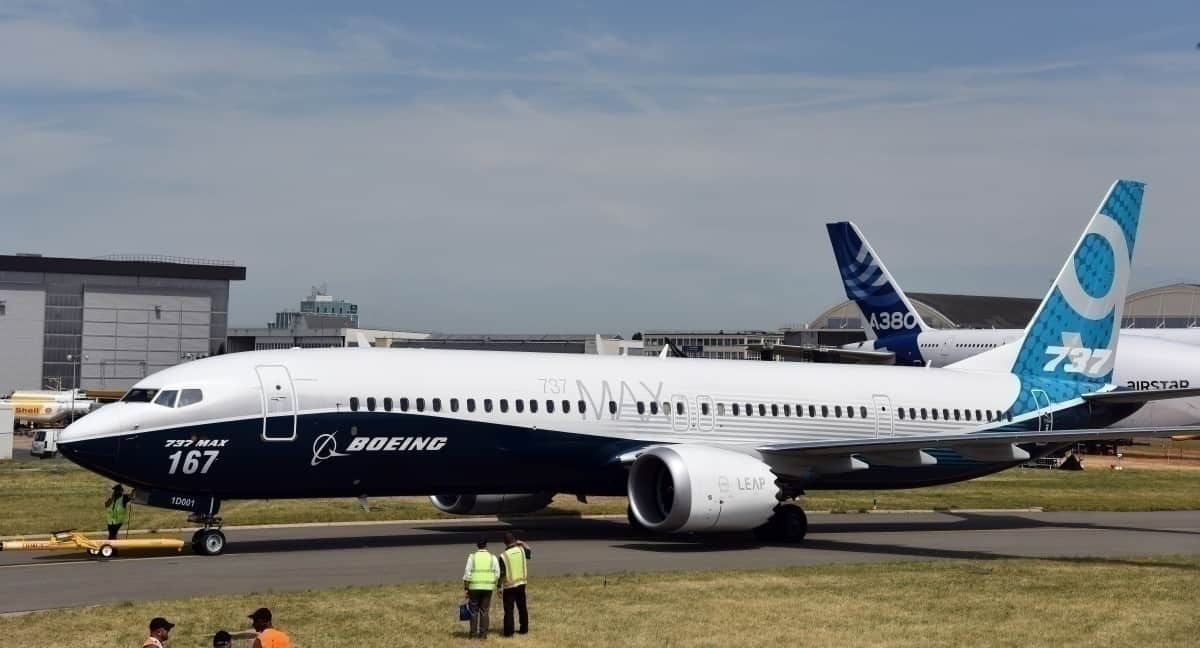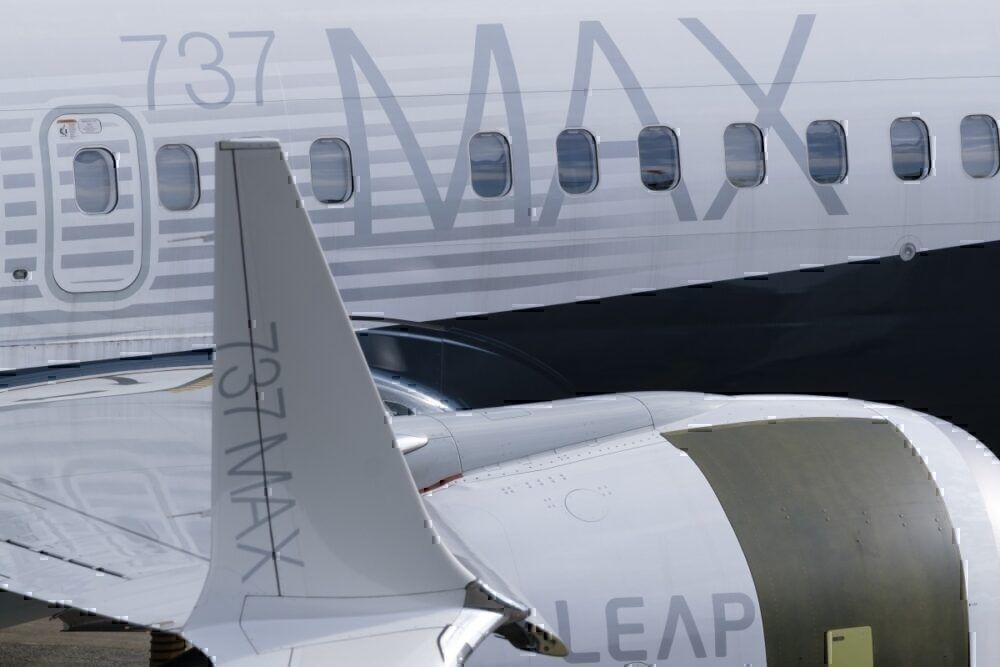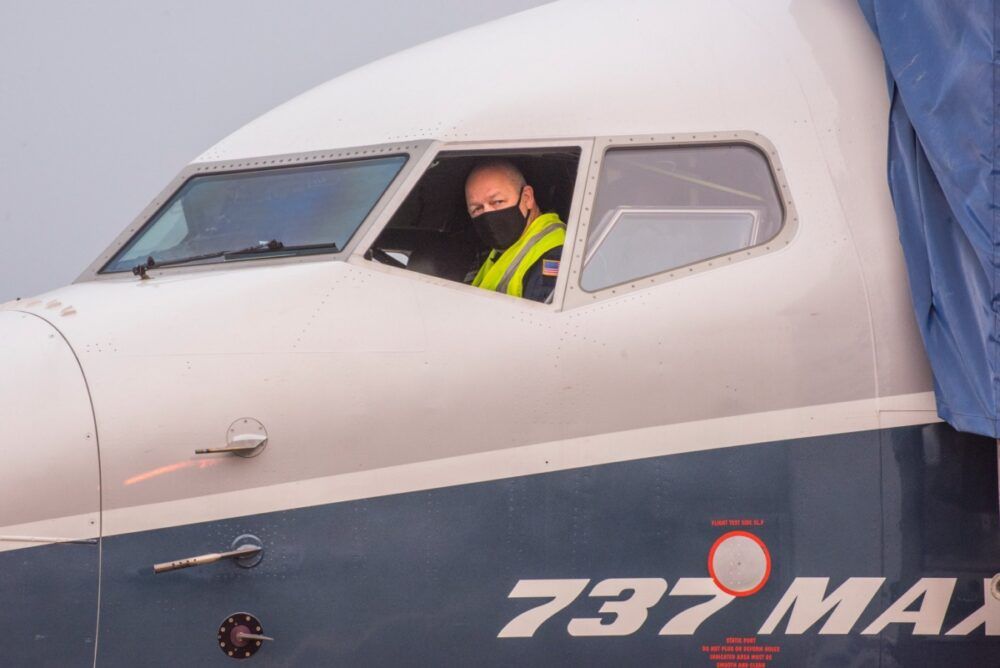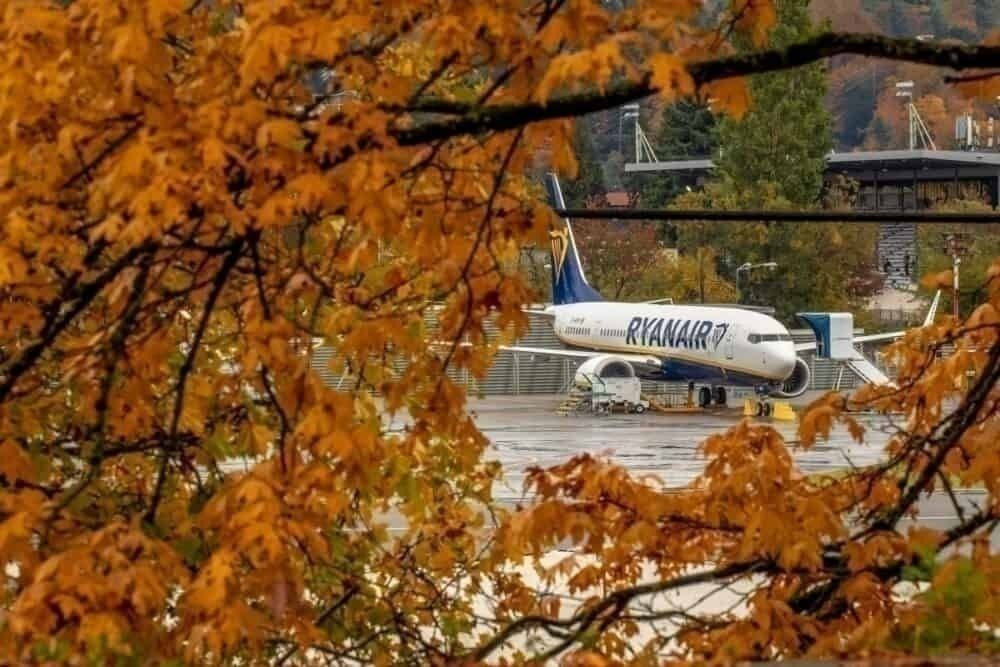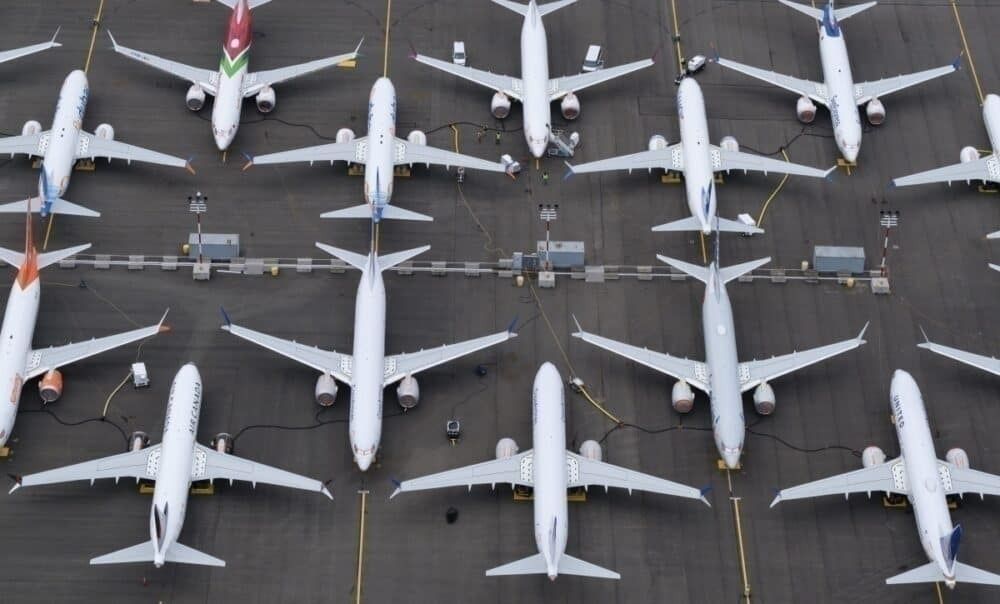The head of the European Union's Aviation Safety Agency (EASA) is satisfied with the changes to the 737 MAX. This comes as the MAX is expected to be cleared for flight in the European Union before the end of the year, and likely even next month. The news follows several months of indication from regulators that the MAX is getting closer to reenter commercial service.
EASA head satisfied with MAX changes.
Patrick Ky, the Executive Director of the EASA, said to Bloomberg that he is satisfied with the changes made to the 737 MAX and expects the aircraft to be ready to fly again in Europe before the end of the year.
The EASA has been part of a rigorous review of the aircraft type. In September, the EASA conducted test flights of the 737 MAX and continued its participation with American and Brazilian regulators to prepare the aircraft for recertification. The safety agency previously indicated the aircraft would be ready to fly again in November, but Ky stated a draft airworthiness directive would likely be issued next month.
Once the draft airworthiness directive goes out, there are about four weeks of public comment. However, the development of a synthetic sensor to add redundancy will take up to two years. New MAX 10 aircraft will be required to have the software-based solution before it enters commercial service while the other MAX jets already delivered will be retrofitted with it.
According to Ky, this third sensor makes the jet safer, though he seemed content with the changes other than the third sensor, which are more immediate.
The MAX has gotten a host of good news. With test flights starting in the summer, further analysis, and, quite recently, Ky's counterpart in the US, Steve Dickson, piloted the MAX himself and indicated satisfaction with the MAX. However, there were a few steps to go.
A big boost for Ryanair
Arguably, Ryanair right now has the most to gain from the lifting of the MAX grounding. The airline is eagerly awaiting its first MAX jets and wants to put them into service. The airline has ordered the 737 MAX 200, which can seat up to a whopping 200 passengers (hence its name). Without EASA approval, however, Ryanair cannot fly the MAX.
IAG, the owner of British Airways and Iberia, signed a letter of intent for 200 MAX jets last year. Though the group never officially placed an order for the type, the lifting of the MAX grounding could give Boeing an opportunity to seal the deal with an order. That, however, also depends on the cash state at IAG, which is out of Boeing's control.
A global lifting of the MAX ban
The US Federal Aviation Administration (FAA), National Civil Aviation Agency of Brazil (ANAC), and EASA will all likely lift the grounding orders either simultaneously or in close succession, as these three worked the closest on the MAX recertification. Other countries, such as Australia, India, China, Ethiopia, Canada, etc. will likely follow in the days and weeks after that, though some have indicated they will want to conduct their own reviews or look a little closer at the changes first before lifting the ban.
For airlines, a global lifting of the ban would provide the least operational difficulties since carriers have fewer restrictions on using the jets.
For now, however, it seems clear that the EASA is moving forward with plans to recertify the aircraft before the end of the year, which could mean the first commercial flights, at the latest, will be in early 2021. While additional delays could be a possibility, after nearly 18 months of the grounding, the end appears near.
Are you looking forward to the MAX recertification in Europe and elsewhere? Let us know in the comments!

